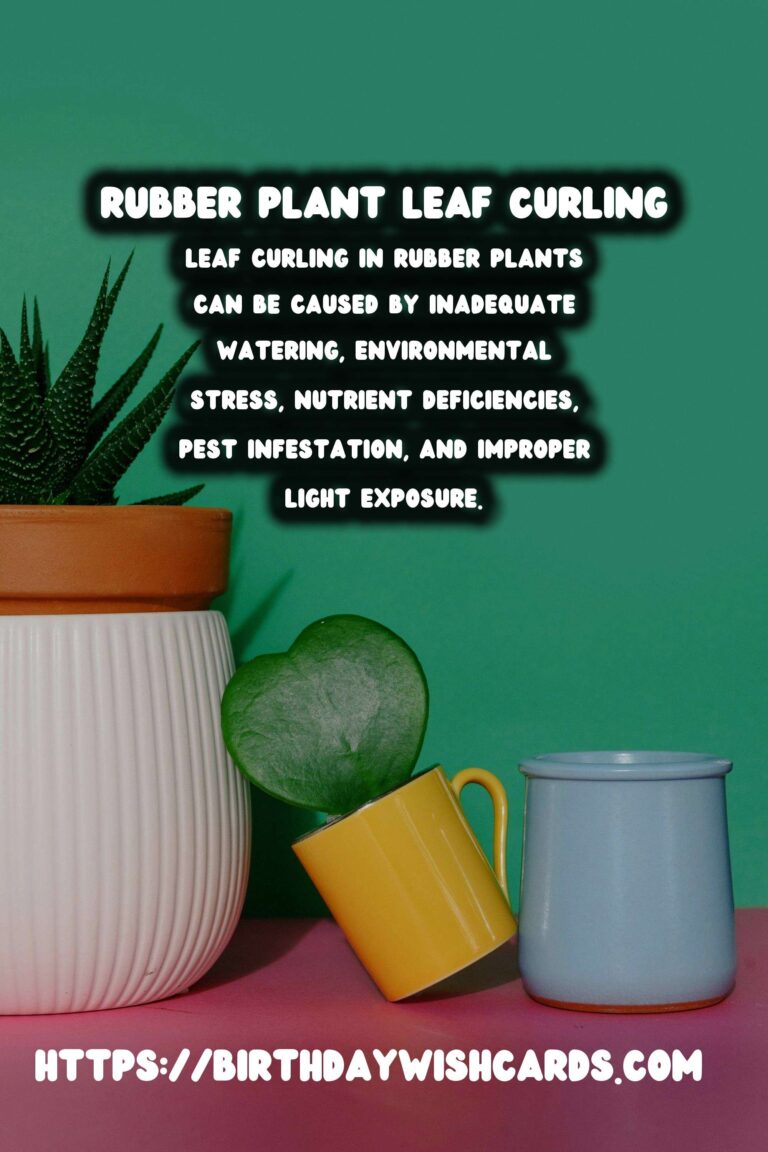
Rubber plants, known for their glossy leaves and imposing structure, are a popular choice among indoor plant enthusiasts. However, like any other houseplant, they can exhibit signs of distress if not cared for properly. One common issue that plant owners encounter is leaf curling. Understanding the reasons behind this phenomenon is crucial for maintaining the health and aesthetics of your rubber plant.
What Causes Leaf Curling in Rubber Plants?
Leaf curling in rubber plants can be attributed to several factors, often indicating that the plant is experiencing stress. Identifying the underlying cause is the first step towards resolving the issue. Here are some common reasons why your rubber plant’s leaves may be curling:
1. Inadequate Watering
Both overwatering and underwatering can lead to leaf curling. When a rubber plant is overwatered, the roots may become waterlogged, leading to a lack of oxygen and root rot. Conversely, underwatering can cause the leaves to curl as the plant struggles to retain moisture. Ensuring a balanced watering schedule is key to preventing these issues.
2. Environmental Stress
Rubber plants are sensitive to changes in their environment. Exposure to drafts, sudden temperature fluctuations, and low humidity levels can cause stress, resulting in leaf curling. It’s essential to keep your plant in a consistent environment and away from direct air vents or heaters.
3. Nutrient Deficiencies
A lack of essential nutrients, particularly nitrogen, can lead to poor leaf health and curling. Regularly fertilizing your rubber plant with a balanced houseplant fertilizer can help prevent nutrient deficiencies.
4. Pest Infestation
Insects such as spider mites, aphids, and mealybugs can infest rubber plants, causing damage to the leaves and leading to curling. Regularly inspecting your plant and applying appropriate pest control measures can help keep these pests at bay.
5. Light Exposure
Rubber plants thrive in bright, indirect light. Too much direct sunlight can scorch the leaves, causing them to curl and become discolored. Conversely, insufficient light can also lead to leaf curling as the plant struggles to photosynthesize effectively.
How to Prevent Leaf Curling
Preventing leaf curling in rubber plants requires a holistic approach to plant care. Here are some tips to help you maintain the health of your rubber plant:
- Watering Routine: Establish a consistent watering schedule based on the moisture level of the soil. Allow the top inch of soil to dry out before watering again.
- Environmental Control: Place your rubber plant in an area with stable temperature and humidity levels. Consider using a humidifier if the air is too dry.
- Nutrition: Fertilize your plant every 4-6 weeks during the growing season with a balanced fertilizer to ensure it receives adequate nutrients.
- Pest Management: Regularly inspect your plant for signs of pests and use natural or chemical pest control methods as needed.
- Light Conditions: Ensure your plant receives bright, indirect light and avoid placing it in direct sunlight for extended periods.
Conclusion
Understanding and addressing the reasons behind leaf curling in rubber plants is essential for maintaining their health and beauty. By ensuring proper watering, environmental conditions, nutrition, and light exposure, you can prevent leaf curling and enjoy a thriving rubber plant in your home.
Rubber plants are popular indoor plants known for their glossy leaves. Leaf curling in rubber plants can be caused by inadequate watering, environmental stress, nutrient deficiencies, pest infestation, and improper light exposure. Preventing leaf curling requires consistent watering, stable environmental conditions, proper nutrition, pest management, and appropriate light exposure. 
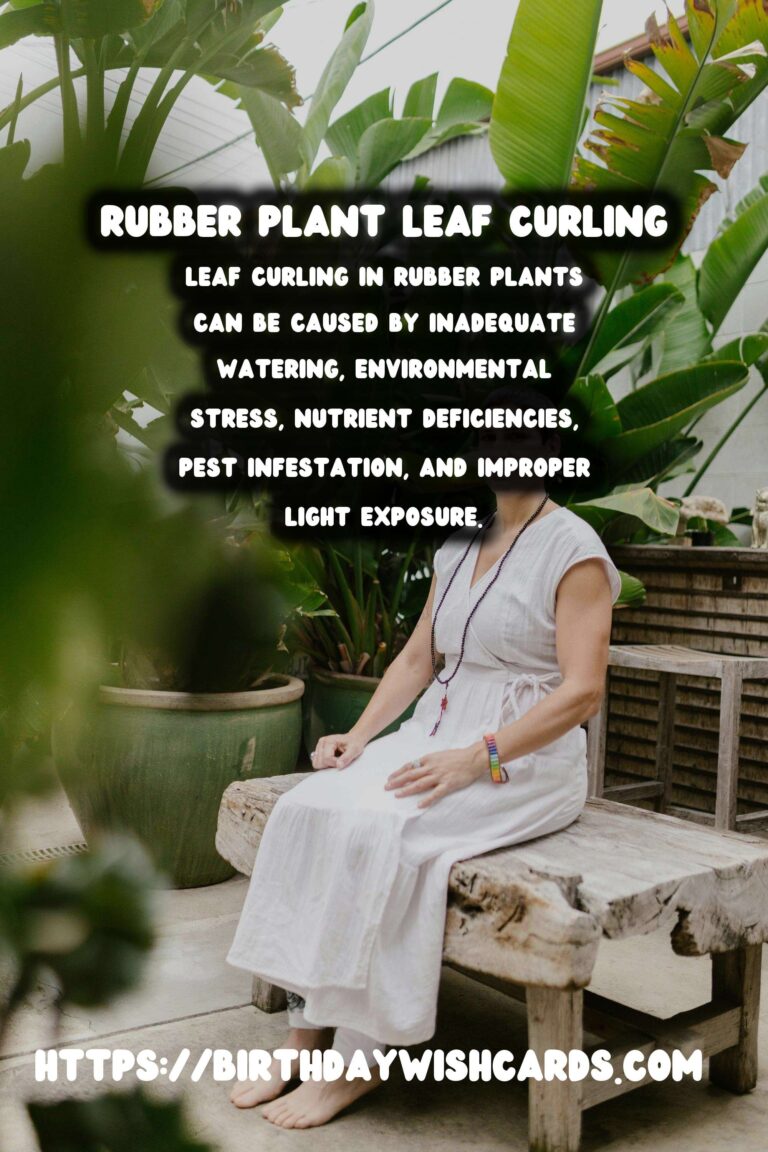
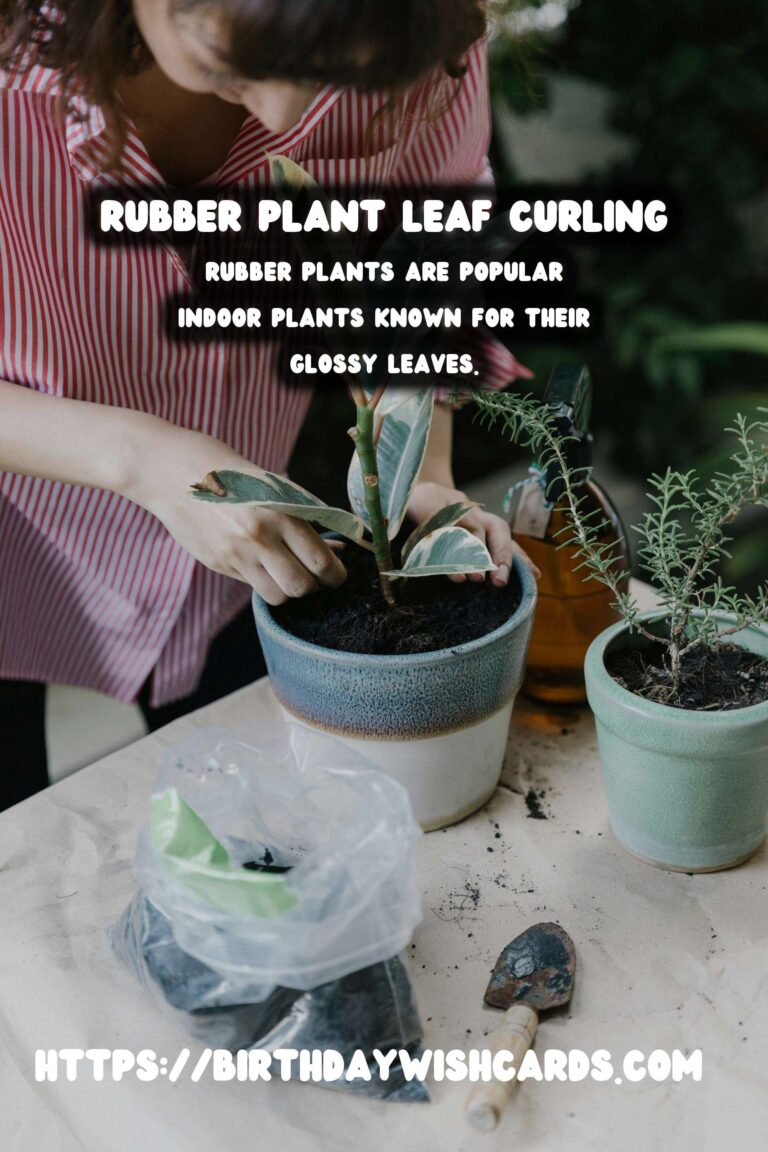
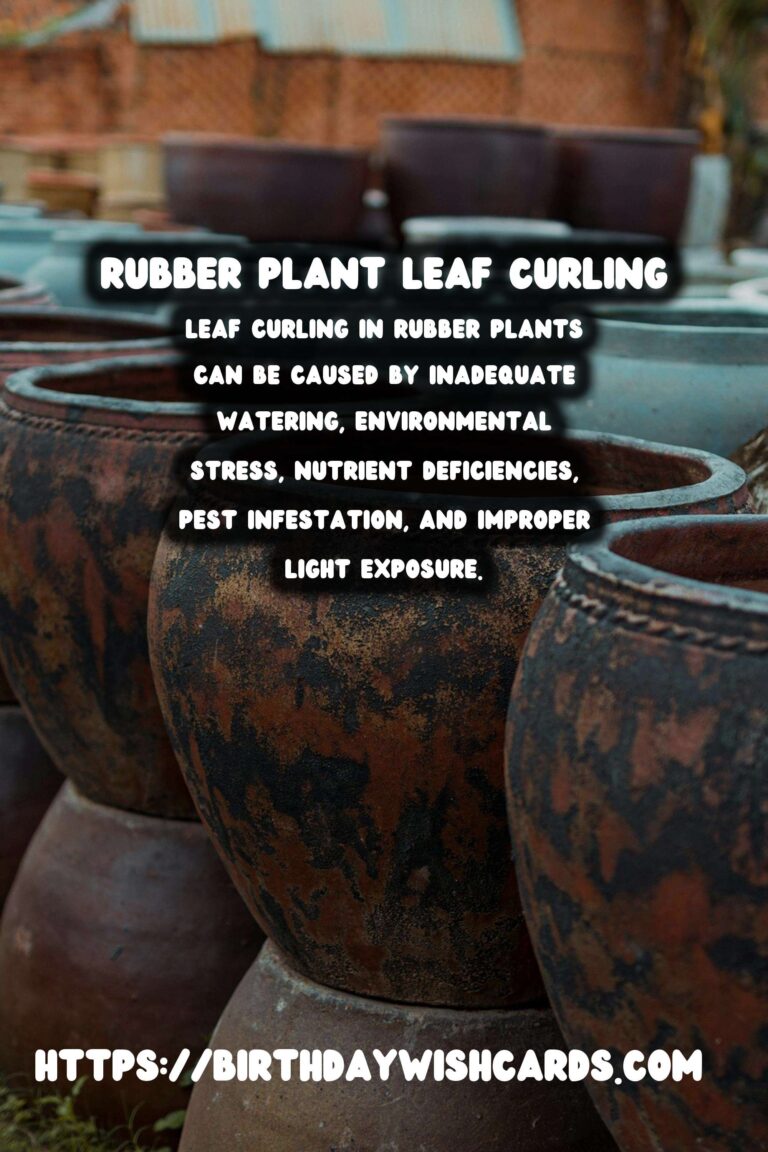
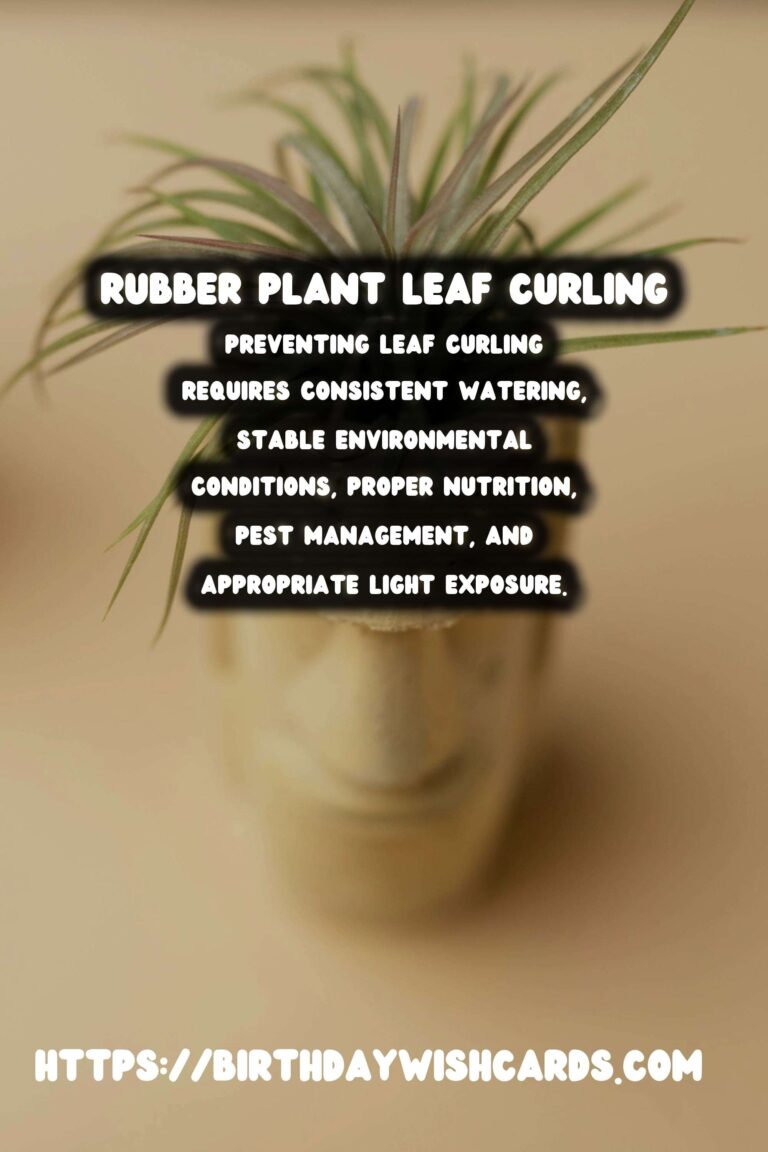
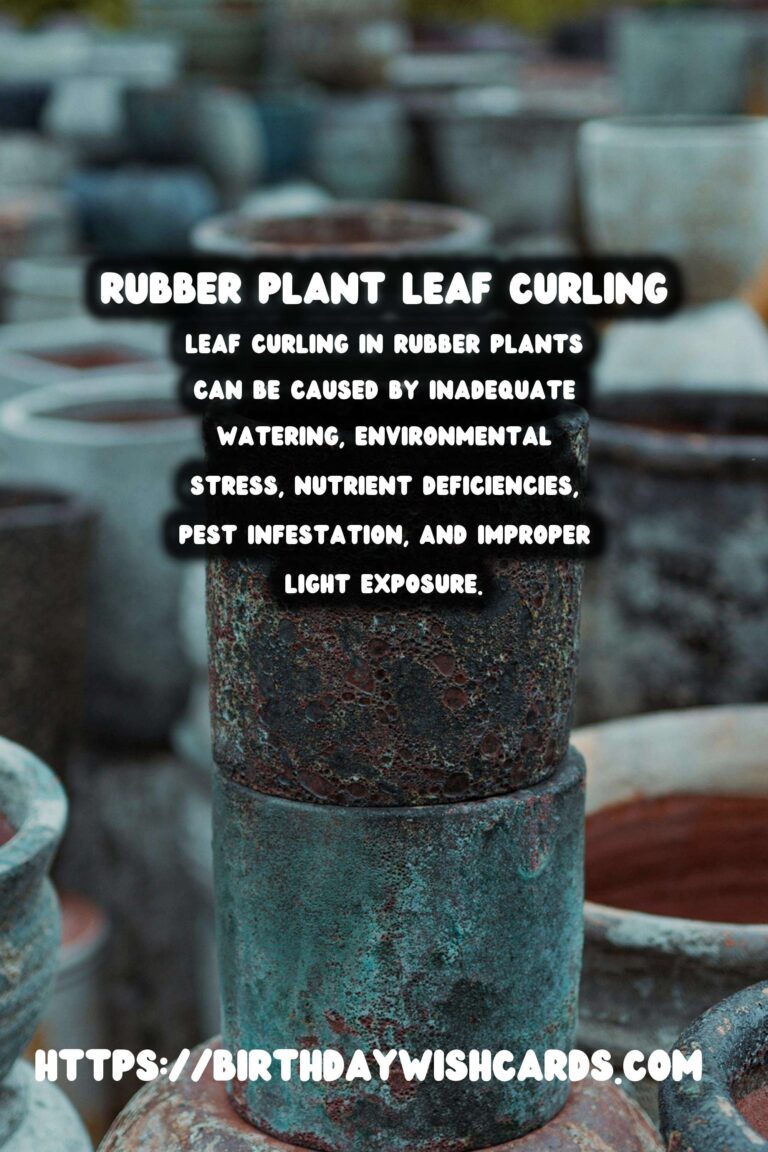
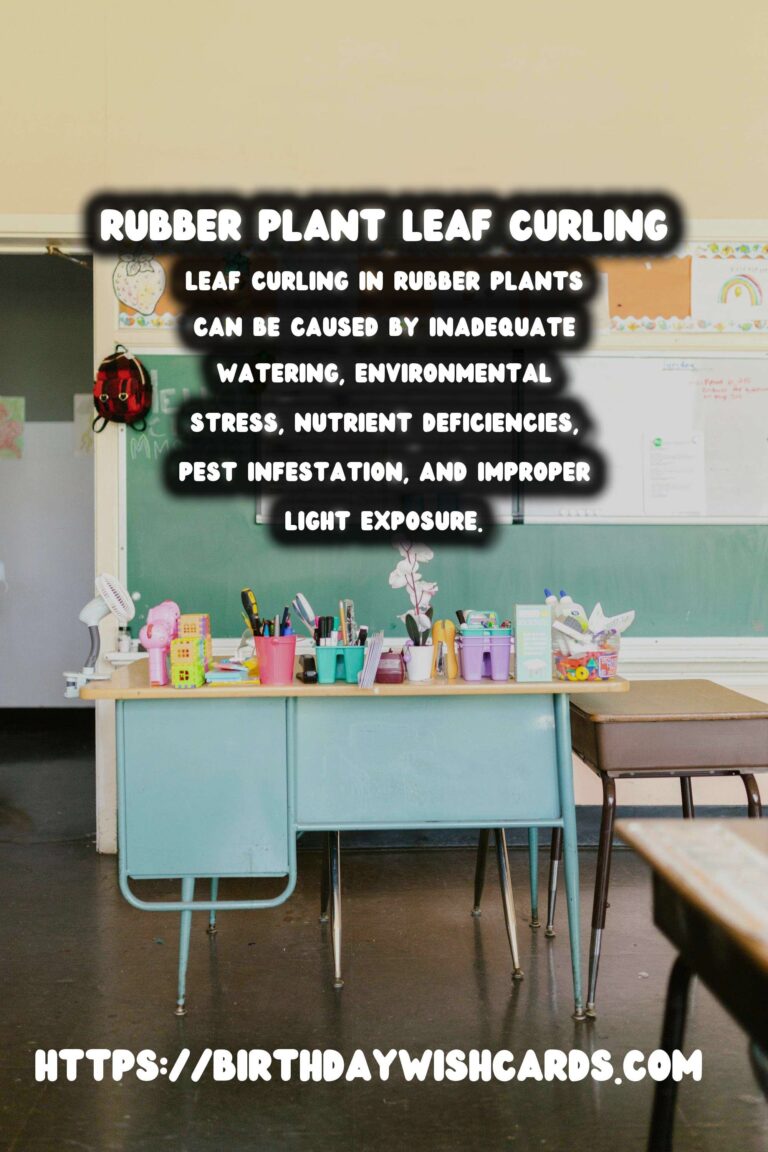
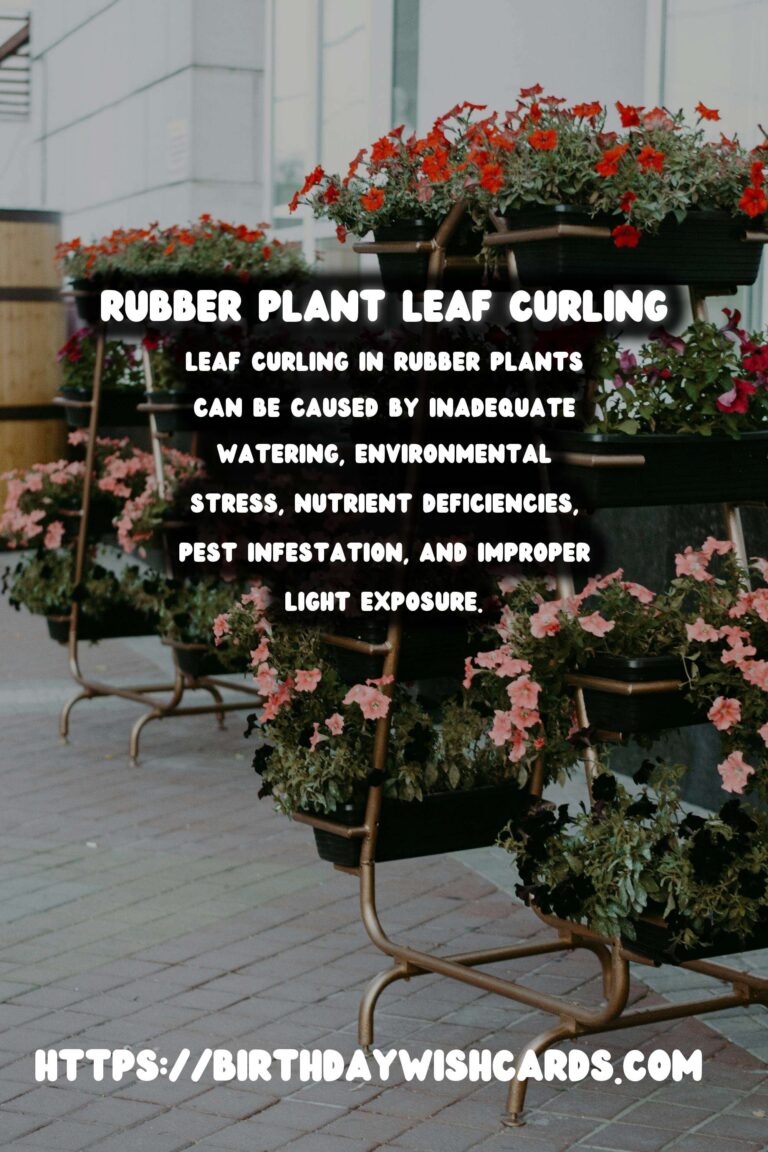
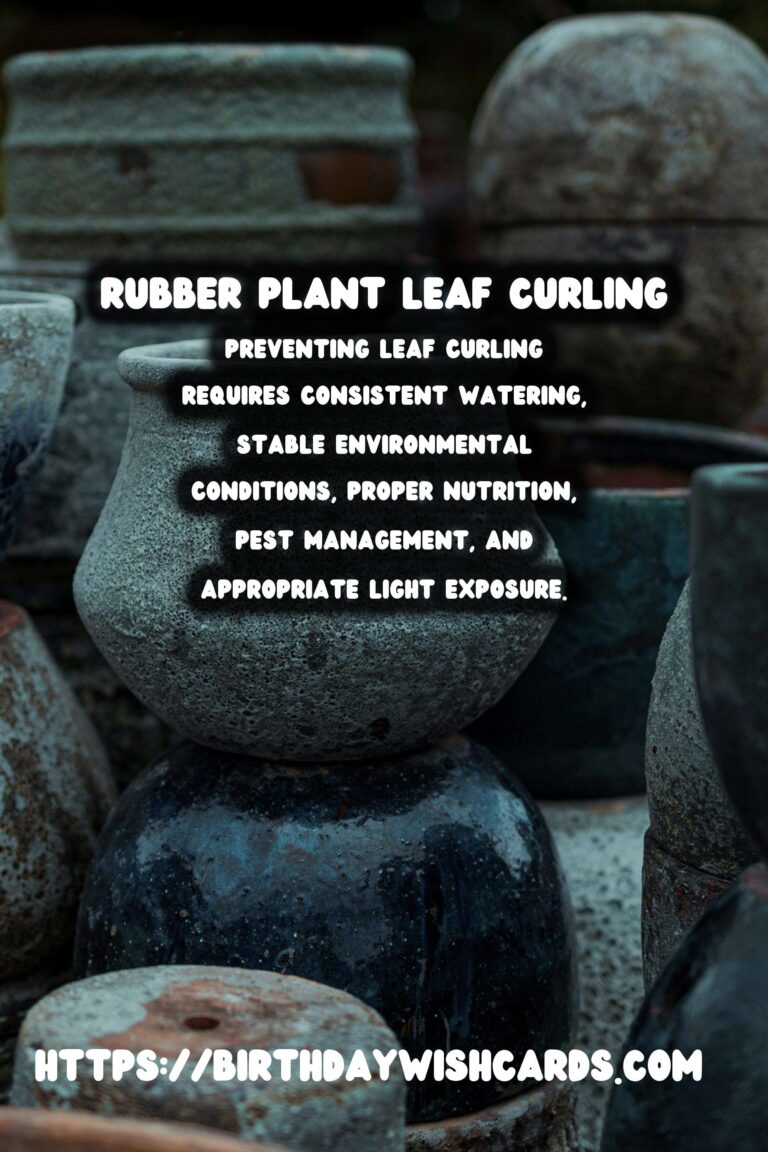
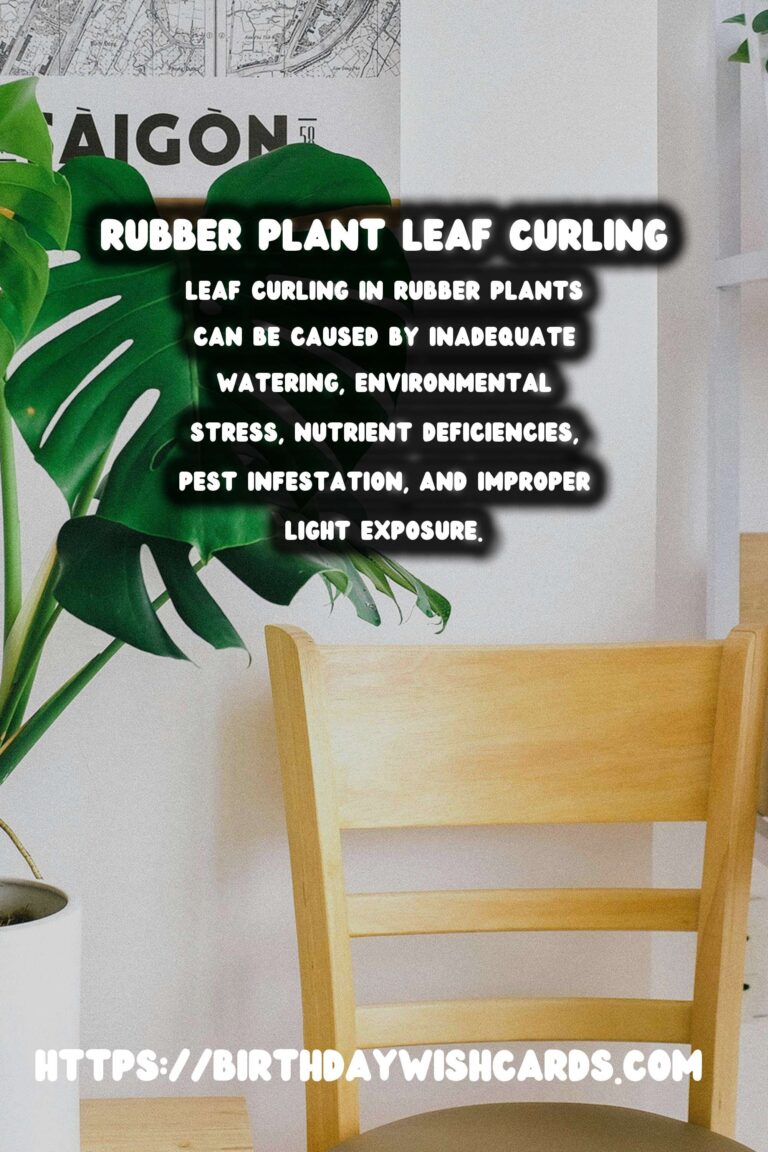
#RubberPlants #IndoorPlants #PlantCare #GardeningTips




